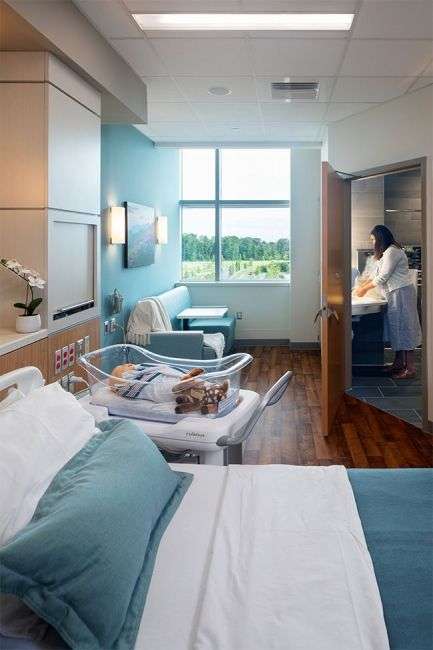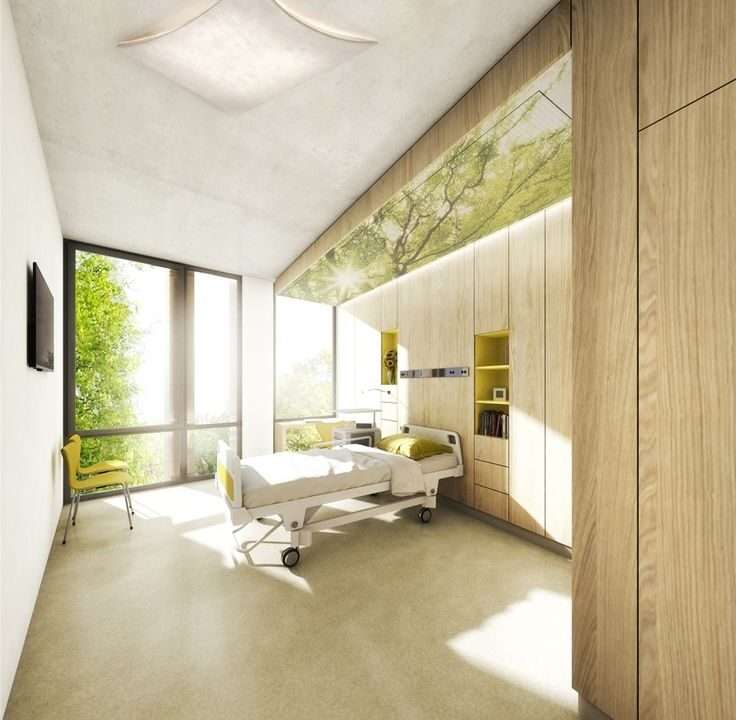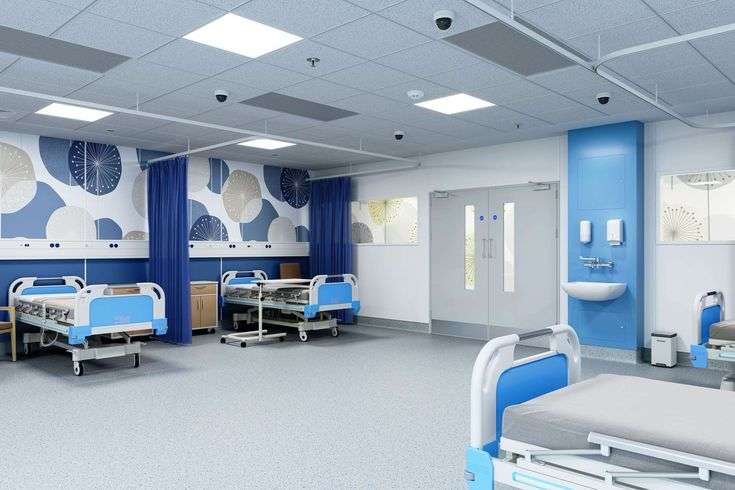
8 Things Patients Consider Before Choosing a Hospital
April 25, 2023
5 Benefits of Constructing a Sustainable Hospital
May 16, 2023What comes to mind when describing a hospital? A place where hundreds go with the hope of getting cured. Such a haven of hope and healing should be welcoming and provide patients with safety and comfort. The building should resonate with positivity and ambiance so that recovery gets accelerated.
There should be an aura of elegance and the overall feel should mirror the ethos and the vision that the hospital stands for. When you establish a hospital, you should engage the services of healthcare architects and interior designers who will ensure that your dream of a state-of-the-art facility is converted into a reality.
And later, if you feel the need to renovate or remodel your healthcare unit, you should again consult these experts.
Since renovation is a very expensive procedure, you should venture into it only after careful consideration. Moreover, renovation may lead to unwanted disruptions in the workflow which can be annoying to your patients and disturbing for your team, hence a meticulous need analysis should be carried out before embarking on this tedious journey.
Here are some signs that will tell you that your healthcare facility needs to be renovated.
1. Falling behind on Technological advancement
Healthcare is a constantly evolving segment. As the segment evolves. It is necessary that hospitals evolve in tandem to stay abreast with innovative technologies and the upgradation of medical equipment. If your healthcare facility does not stay in tune with these ground-breaking advancements, you will be mowed down by your competitors. Moreover, you will not be able to provide best-in-class services to your patients, which is your foremost aim. To accommodate technological advances and house the latest medical equipment, you will have to think of remodeling or renovating your existing healthcare facility.
2. Congestion of existing space
Growth is a great thing. The reputation, brand equity, and success of your healthcare facility grow exponentially over the years because of the compassionate and competent healthcare provided by your team of experts. This growth gets mirrored in the widening of your patient base and increased footfall.
When this happens, the existing space becomes restricted and cramped. Receptions get crowded and waiting rooms get jam-packed and patients cannot be accommodated in the already existing space. Overcrowding can lead to long wait times. Queues, and lots of frustration among both the patients and the caregivers. This is especially relevant in the post-pandemic times when social distancing has become the norm.
If your healthcare organization has a limited number of beds and patient rooms, you may have to turn away potential clients who will switch to a competitor. Renovation can help you expand your hospital space so that congestion and overcrowding of your premises are avoided and you can cater to a wider assortment of patients. Renovation can also help you to make your hospital future-ready for any impending expansion.

3. Depreciation
Like with any other building, a hospital also undergoes depreciation with time. Paints start peeling, furnishings fade and furniture gets outdated. Since the overall ambiance of the space is essential for recovery and cure, anything that diminishes value from the aura of your hospital settings must be set right immediately.
Renovation can take care of this aspect. Additionally, electrical wiring, air purification, and plumbing systems can get corroded or deteriorate over time. Periodic repair and replacement of these systems are essential for fire safety and infection prevention.
4. Outdated design and construction style
The field of Hospital architecture is evolving rapidly. New trends in hospital design are in vogue and innovative raw materials like non-corrosive paints, long-lasting surface materials, and innovative plumbing and electrical fixtures are now available. Incorporation of Flexible space options using convertible furniture and adaptable fixtures is also in vogue. Remodeling can keep your healthcare facility attuned to these modern trends.
5. Improving energy efficiency
Buildings that are a decade older were not designed to be energy efficient. This could lead to a whopping electricity bill. To save money in the long run, you can choose to renovate your healthcare unit in a way to make it more energy efficient. This will not only save you massive amounts of money but will also reduce your carbon footprint.
This renovation will involve the replacement of your light fixtures with energy-saving alternates and changing electrical circuits and equipment throughout the hospital. It will also entail the use of thermal insulation, solar panels, solar lights, and other energy-saving measures.
6. Going green
Everyone knows the importance of sustainability. Hospital construction has transitioned into the green zone. Ecofriendly and locally available raw materials are being sourced. Environmentally safe, non-toxic fabric and finishes are in vogue. These raw materials are durable, low-maintenance, and long-lasting as well as being environment-friendly. If you wish to jump on this bandwagon of “Sustainability and Green architecture”, you should undertake the renovation.

Thus, there are many signs that can alert you to the need for renovation of your hospital. If you need expert advice in planning and completing this exercise, be sure to contact Hospertz, a leading healthcare consultancy firm in India.




1 Comment
[…] save money for renovation of a hospital while it continues to be operational, is a difficult task and should be undertaken […]